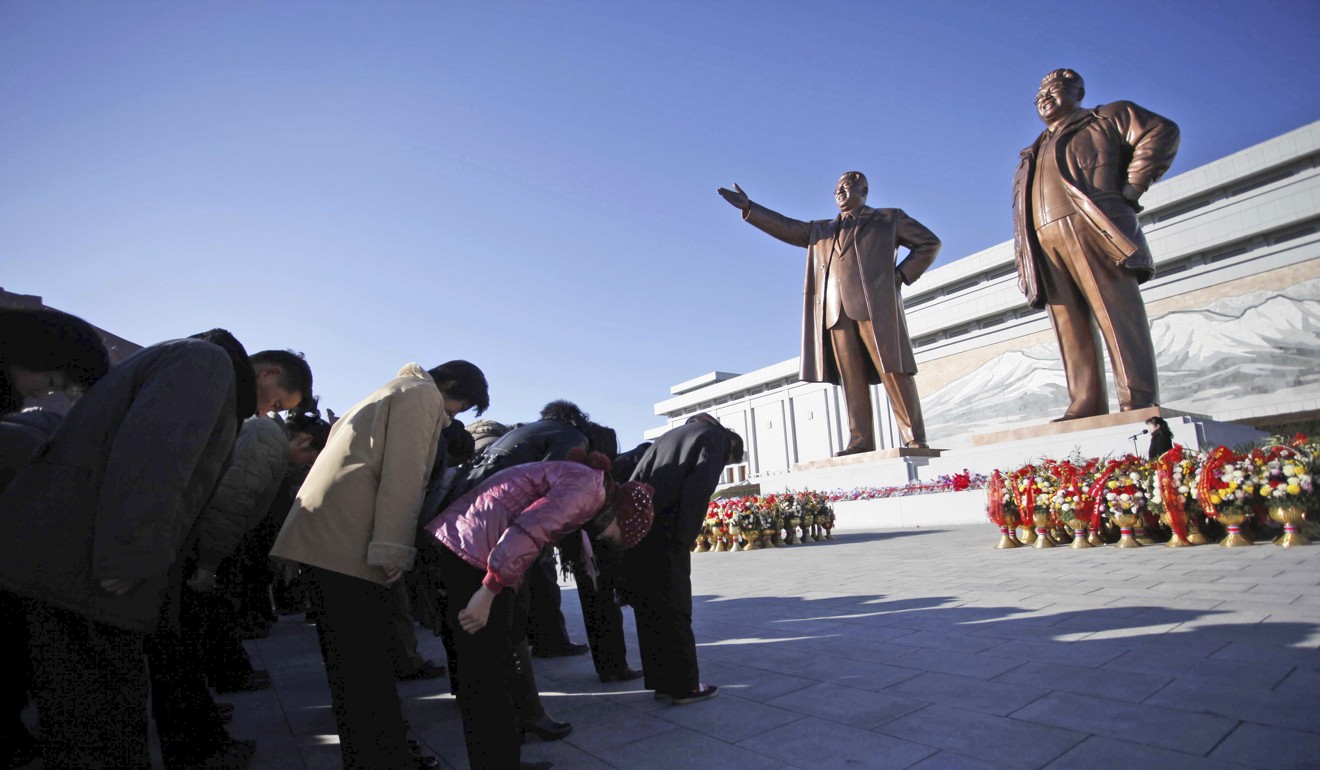
Can Donald Trump act as a ‘stabiliser’ to ensure the US-North Korea summit succeeds?
John Barry Kotch says the upcoming meeting between the US president and the North Korean leader can be productive without falling into Kim Jong-un’s trap, if practical steps and ongoing meetings are put to good use
All things are now possible, even a new security formula for a Korean peninsula caught in a time warp most visible in the 21st-century state-of-the-art Peace House at Panmunjom, which adjoins several nondescript Quonset huts.
All of which leaves Trump in the unaccustomed but critical role of “stabiliser”, with an unprecedented opportunity to reconfigure the security framework and create a more stable peninsula.

Donald Trump is breaking all the rules on North Korea and trade, and maybe that’s a good thing
China’s goal in Donald Trump-Kim Jong-un talks is to make sure they don’t collapse
Although summits between heads of state traditionally follow a strict protocol preceded by negotiations at the working level, putting the cart before the horse is not necessarily a fatal flaw if agreement exists on the overarching goal and how to get there. By providing the requisite impetus, direction and guidance, functioning in effect as “overseers” of a complex and protracted process of denuclearisation with the participation of foreign ministers, assistant secretaries and working-level negotiators, the two “summiteers” would ultimately be responsible for assessing progress on a quarterly basis at the foreign minister level and perhaps through semi-annual summits.

Strategy required on offer by North Korea
Nor should Kim be judged by the same standard as his father, Kim Jong-il, or his grandfather, Kim Il-sung, each of whom operated in a less inhospitable political environment.
DMZ, Geneva, Beijing: search is on for the best summit site for Donald Trump and Kim Jong-un
Pompeo will be determined to hold Kim to his promise not to carry out any more nuclear or missile tests while negotiations are in progress, and while the campaign of “maximum pressure” continues and annual US and South Korean military exercises go forward as planned. He is also known to be sceptical regarding the prospects of a binding agreement with Kim’s regime, which is closing in on the capability to fire a nuclear weapon onto an American city. This will make negotiations more time-consuming, but also more realistic.
Finally, with respect to venue, a neutral setting would have the advantage of providing a fresh start while avoiding those associated with failed negotiations, such as Geneva and Beijing, which might be better suited for working-level negotiations. While the Peace House in the DMZ has been mentioned more often than other prospective venues, the optics are unfavourable for the US side, conveying an image of an American president travelling halfway around the world to meet a North Korean dictator on the North’s doorstep, scarcely 160km from its capital in Pyongyang.
John Barry Kotch is a political historian and former State Department consultant

